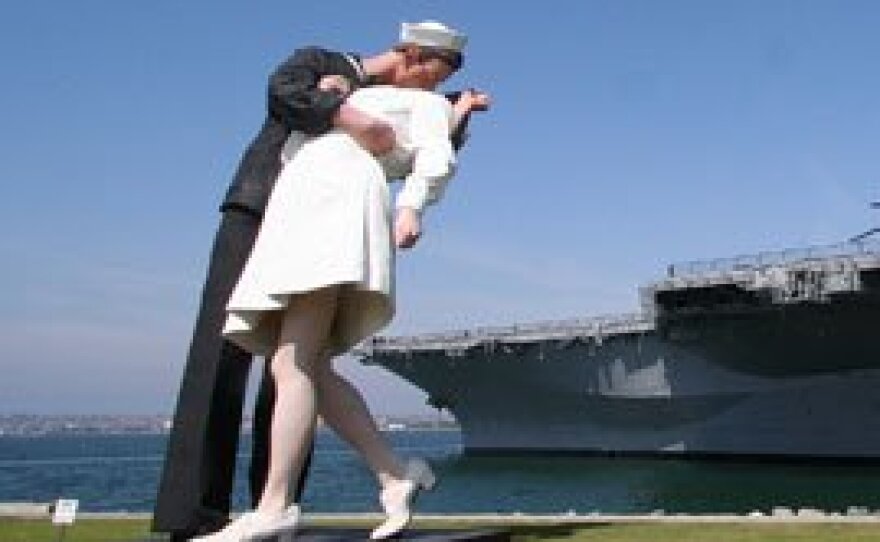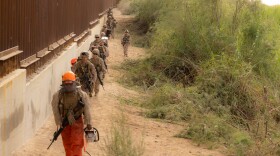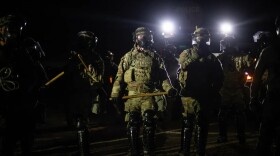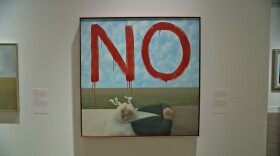Kelly Bennett over at Voice of San Diego has been updating readers on new developments and opinions responding to Mayor Sanders'announcement that he will temporarily suspend funding for city public art projects.
She links to a new post by Lucas O'Connor, a self-described "progressive campaign consultant," who sees public art as a way to motivate communities to become involved in government.
I chimed in with some videos featuring artists whose work is in UCSD's Stuart Collection of public art. Hearing artists talk about their ideas behind public works, and how they hope to engage with the environment and community goes a long way towards understanding public art.
In thinking about the ongoing conversation, I was reminded of a These Days show we did back in 2007 about the 25-foot bayfront sculpture "Unconditional Surrender." That sculpture caused a debate about local public art and quality and who gets to decide what is good or bad public art.
The show starts off with art critic Robert Pincus talking about how "Unconditional Surrender" fails on an artistic level. He called it monstrous in an article he wrote in the U-T and reiterates that on the show.
Early on, Pincus talks about what public art can and should do in a community. The show goes on to include callers chiming in on what public art means to them.
Later in the show, we talked with Catherine Sass, who was the public art director for the Port of San Diego at that time, and Anthony Block, the then chairman of the Port of San Diego's Public Art Committee. They talk about the Port's process for selecting public art.
Even though the conversation is from 2007, it's very relevant to today's concerns about the value and purpose of public art in our community.
Who else is writing about this topic? Have I missed anyone? Let me know.
Better yet, leave a comment on what you think public art means to a community. Do you like seeing public art around San Diego? If so, why?
UPDATE: Kelly Davis, associate editor of San Diego CityBeat sent me a link to her coverage on this issue. Davis added via email: " I'm perplexed by the city's program. I mean, why put public art at a fire station? Like the council policy says, the piece needs to be located at a 'publicly accessible place' where residents can 'experience and participate in' the piece."






